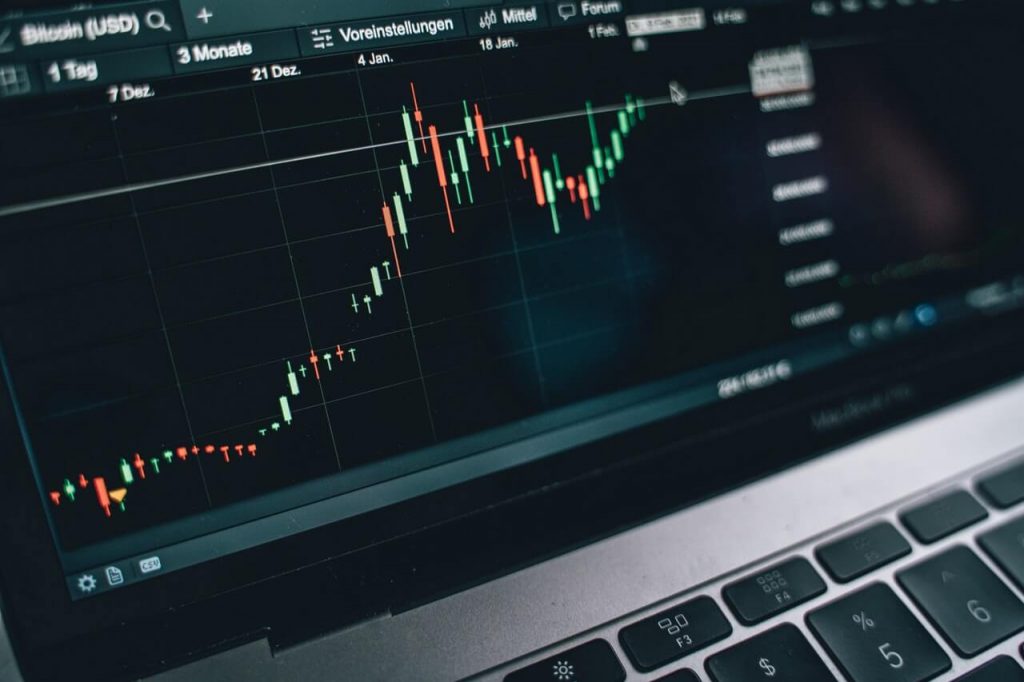The trading industry is highly competitive, and it’s not enough to have an idea to trade. One needs to know the terms of the trade and use them in conversation. Whether you’re a beginner or an expert in the trading industry, these terms are essential, and every trader must be aware of them.
We’ve compiled a list of terms with definitions that every trader must know. We hope these definitions make it easier for you to understand how to trade confidently.
Bull / Bullish – is the term used to describe a market that has gone up in price and is expected to continue going up.
Bear / Bearish – is the opposite of bullish, which means that the market has gone down in price and is expected to continue going down.
Oversold – The term oversold is used in trading to describe a stock, currency, or commodity that has been subject to a significant decline in price. It also means that it has a good chance for recovery. However, sometimes oversold doesn’t mean a price will bounce back immediately.
Overbought – means that the price of a security has risen to the point that it is likely to fall soon. These can happen when too much buying pushes up the price.
Support – is a price level at which demand for a security or commodity is thought to be strong enough to stop the price from declining further.
Resistance – refers to a price level at which the upward movement of prices is slowed or stopped. It is the opposite of support.
Breakout – refers to the price of a security moving up/down of a trading range of the resistance/support level.
Pullback – is a term in the trading world that is used to describe a temporary decline in the price of an asset.
Crossover – refers to a situation where the line of the two indicators crosses each other.
Divergence – is a term used in technical analysis to describe the relationship between the price movement of a security and the indicator moving in the opposite direction.
Going Long – means buying a stock, commodities, or other assets that one expects to increase value over time.
Going Short / Short-Selling – is a trading technique used to profit from the decline in the price. Short-sellers borrow shares and then sell them, hoping they can repurchase them later at lower prices. In short, when the price goes down, you will make a profit.
Paper Profit/Gain – is the unrealized gain in an account or portfolio. It will only become a real profit if the investor sells their shares at this moment.
Paper Loss – is the unrealized loss in an account or portfolio. It will only become an actual loss if the investor sells their shares now.
Gap Up/Down – is a trading term that refers to the situation when there is a space between the opening price of an asset that is higher/lower than its previous close.
There are also Scalp Trading, Day Trading, Swing Trading, and Position Trading. If you haven’t read one of our posts, “Trading vs. Investing,” you can find their definitions or the idea there.






Comments are closed.